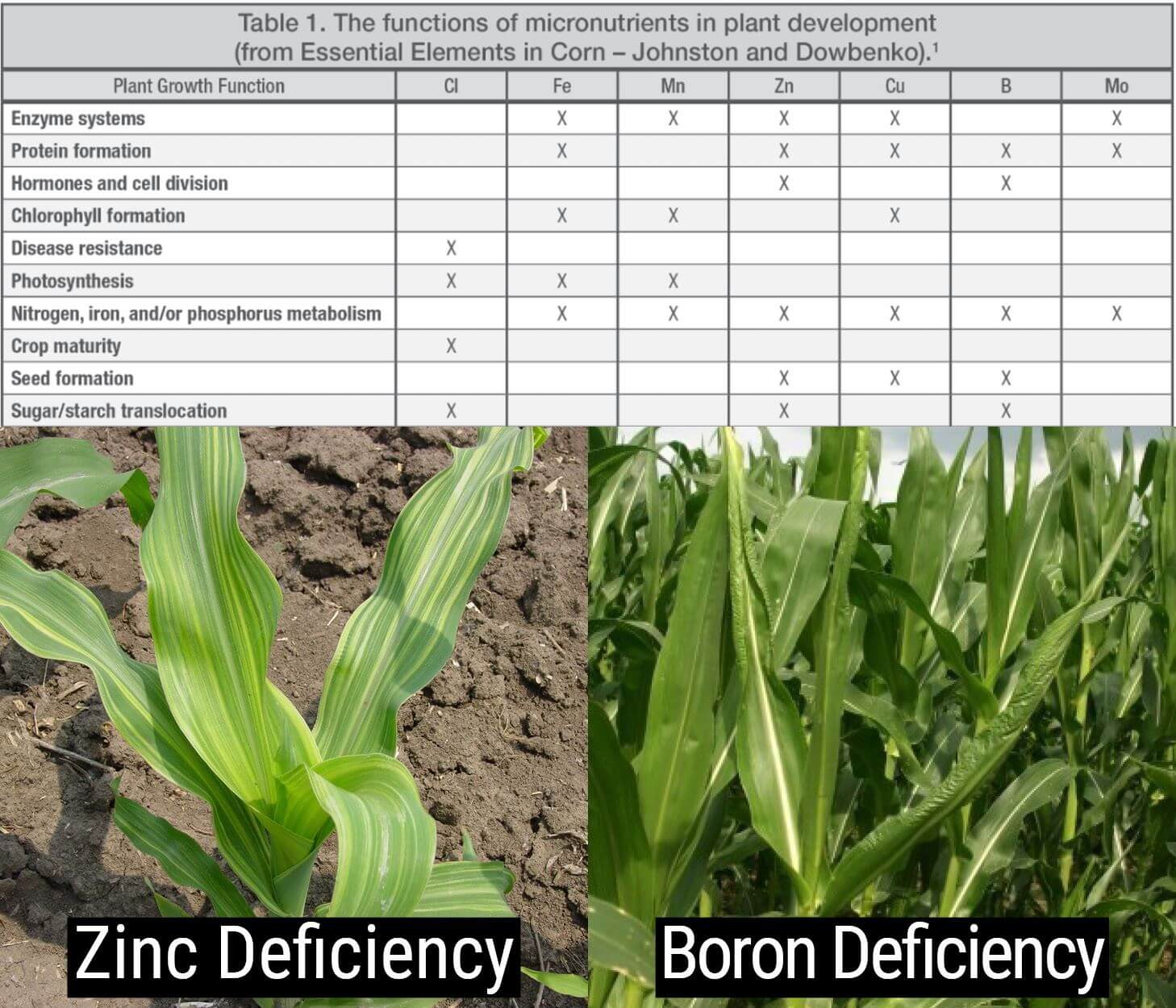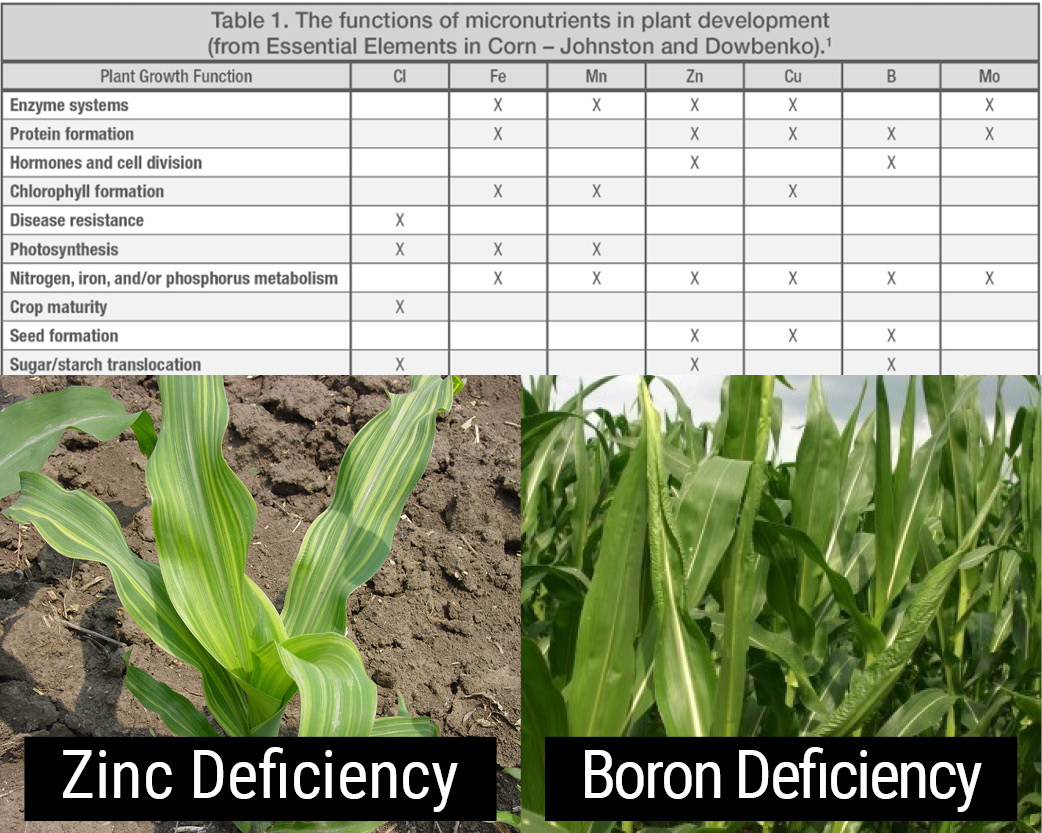Foliar Fertilizers Help Fill The Gaps
Mar 26, 2020

Fertility plans are not a one-size-fits-all kind of deal. They are often tailored to each customer and often to each field. The needs of each customer and field are often determined by soil sampling, tissue sampling, management practices, weather, costs, and return on investment. For now, we want to focus on tissue samples. Tissue samples don’t necessarily show what’s in the soil, but they are a good indicator of what is in the plant and what it was able to take up at that point in time.
Our crops take up nutrients in three different ways: mass flow, diffusion, and root interception. When we consider these methods of uptake, tissue sample results depend on the amount of root mass below ground and how much moisture is present in the soil to aid in the diffusion and mass flow process. If it’s extremely dry, diffusion and mass flow don’t occur as readily. If it’s too wet, the roots don’t grow and can’t explore the soil. So even if we have the nutrients below ground, we can still find deficiencies in the plant. When we find deficiencies, what we try to do is give that plant a boost with foliar fertilizers. We can’t cure soil deficiency, but we can help the plant grow and expand its roots to reach the nutrients in the soil.
Listed below are the tissue test results taken by Ag Partners for the last two years from Nemaha and Brown County. Tissue samples are pulled from the V5 stage all the way through tassel. Boron and Zinc are the micronutrients that show up as deficient most often. If we look at not just deficiencies, but how often plants will give us a positive yield response to a foliar fertilizer, we see a benefit to a foliar nutrient as much as 86% of the time in zinc and 77% of the time in boron. Even when looking at dry versus wet years (2018 versus 2019), we don’t see more than a 15% difference in responsiveness to a micronutrient foliar fertilizer. As far as priority of dollars spent on nutrients, we always want to make nitrogen, phosphorus, potassium, pH, and sulfur the top of the list. Once we get those in line, micronutrients are the next step to reaching maximum yields and getting the most out of our investments.
Ag Partners Tissue Samples 2019 – V5 to V11
Zinc was deficient in 39% of all samples in corn and responsive in 47% of all samples.
Boron was deficient in 52% of all samples in corn and responsive in 25%.
Sulfur was deficient in 13% of all samples in corn and responsive in 49%.
Manganese was deficient in 14% of all samples in corn and responsive in 20%.
Ag Partners Tissue Samples 2018 – V5 to R1
Zinc was deficient in 18% of all samples in corn and responsive in 54%. We saw a good response from foliar fertilizer (Max-in ZMB) on zinc. Symbol has more B and Mn in it.
Boron was deficient in 28% of all samples in corn and responsive in 35%.
Sulfur was deficient in 3% of all samples in corn and responsive in 29%.
Manganese was deficient in 10% of all samples in corn and responsive in 12%.
